Photographing the aurora over Edinburgh

There I was, scrolling through the news on my phone last Friday evening, completely unaware that a massive severe geomagnetic storm (a G4) was about to hit Earth, when a headline caught my eye: Northern lights possible in parts of UK over weekend due to solar storm.
Living in Scotland I’ve seen quite a few aurora predictions, but generally you need to be far, far north in the dark, dark, dark just to catch a faint whisp of green in a long exposure.
Back in 1989 I lived in North Lincolnshire. I was home alone and remember my mum phoning me to tell me to go outside and look up. This was the first and only time I’d seen the northern lights, and it was biblical due to a solar storm so massive it took out power plants. The sky that night was red and raging, moving and swirling like a portal to the Upside Down. At least that’s how I remember it, but it was 35 years ago and we didn’t have digital imaging in our pockets, so who knows! 🤷♂️
That memory has stuck with me over the years though, so when I read the Guardian article I got that tingly feeling. I needed to see this! It was a clear night and getting dark, so I grabbed my gear and headed up the nearest hill.
What happened next was incredible.
Dark enough
There were few people on the hill, probably because the event caught most people unaware. The sky was reasonably dark, but there was still light on the horizon as well as the glow from Edinburgh’s city lights. Over the next hour, it darkened and we could see what looked light wispy clouds appearing up above. You couldn’t really see much colour, but pointing the iPhone camera at the sky made them look green – these were no clouds!
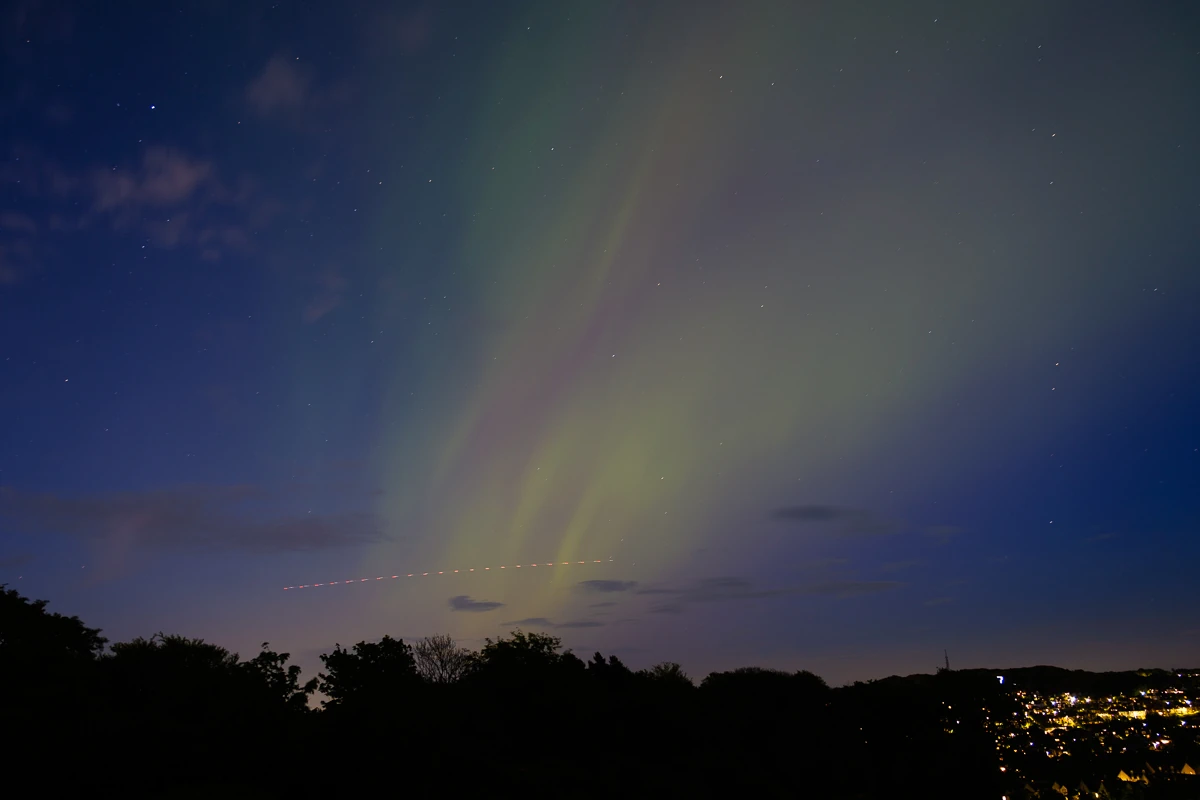
Over the next 20 minutes the activity increased dramatically. I was flipping between taking long exposures on the X-T5, 3-second “night mode” shots on the iPhone and just staring up in awe with my eyes. The cameras with their light and colour sensitivity pick up far more colour than your eyes can, but you could certainly distinguish the reds from the greens and purples with your eyes. I think this would have been more pronounced if we were more remote.
At its peak, the array of colours on display was unbeliveable – a rainbow of green, pink, red and purple. Magical ✨
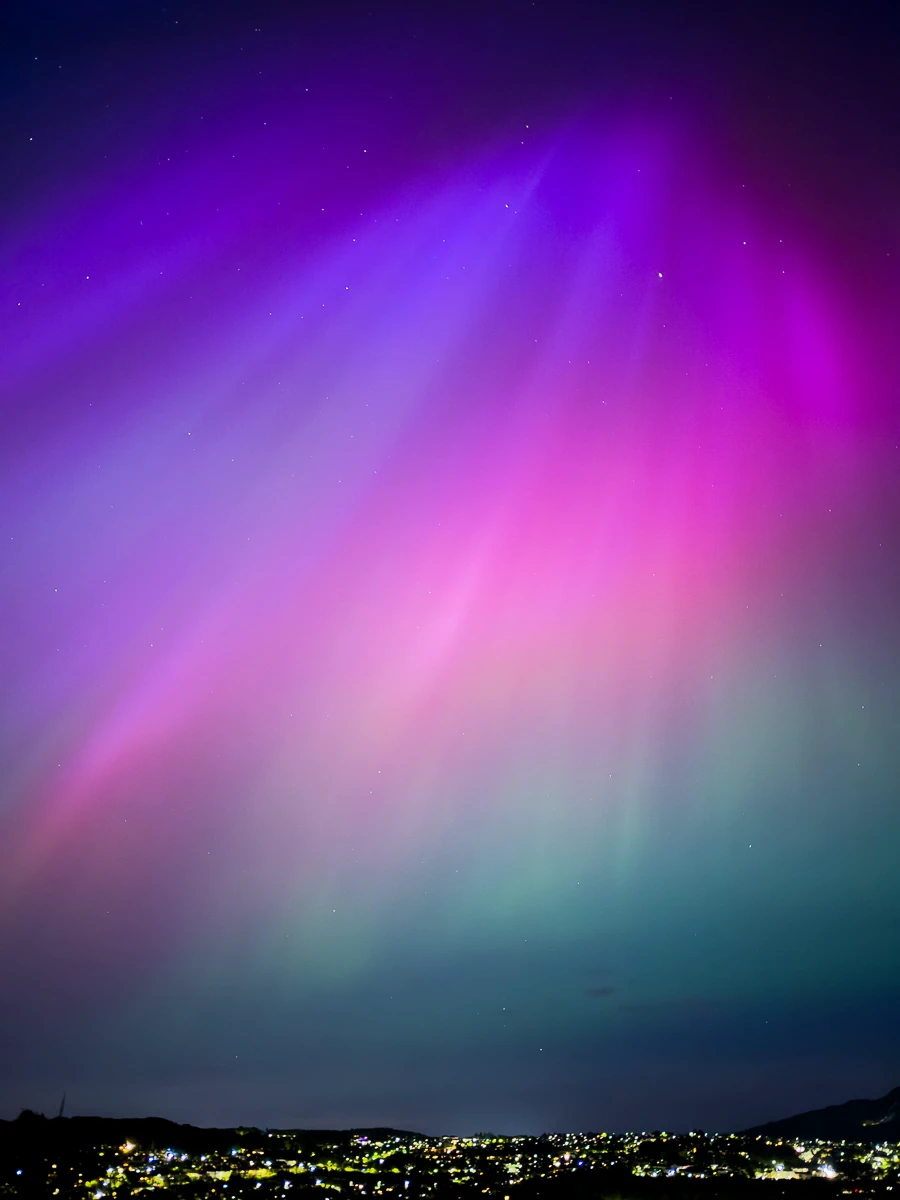
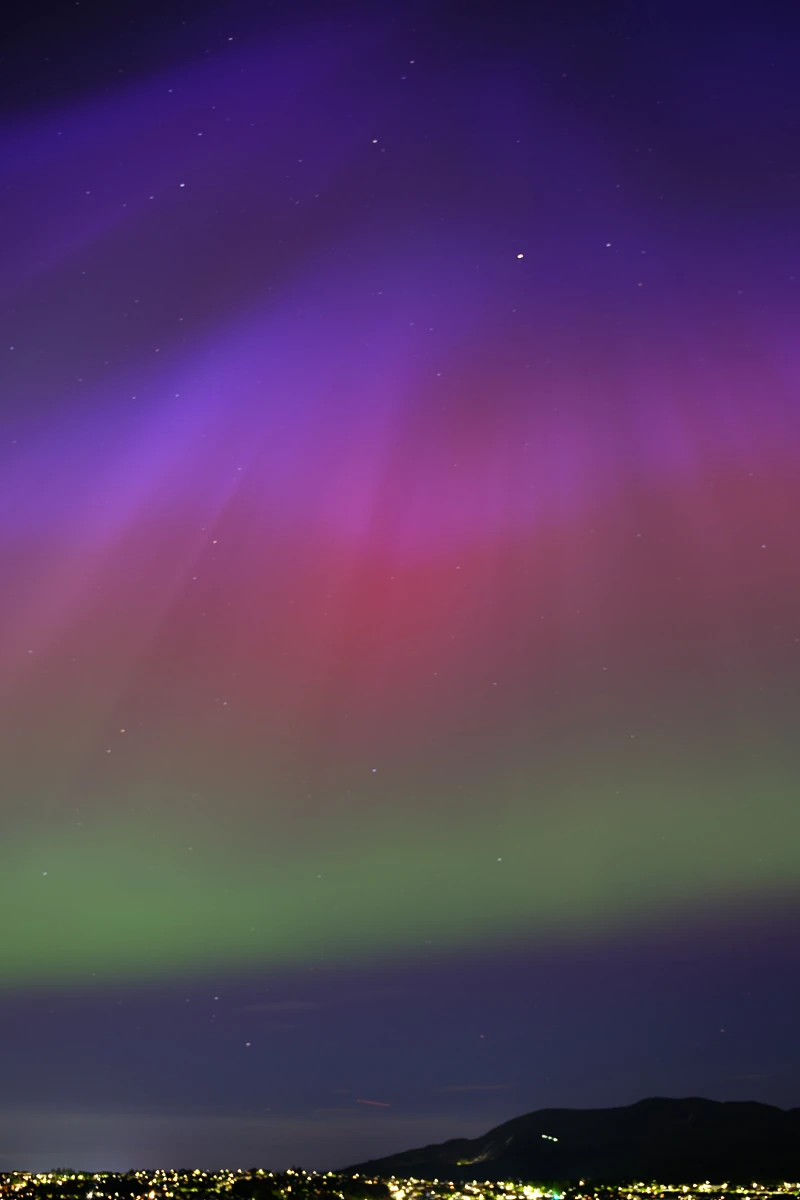
We were up on the hill for around 2 hours when it started to fade. A night to savour and remember.
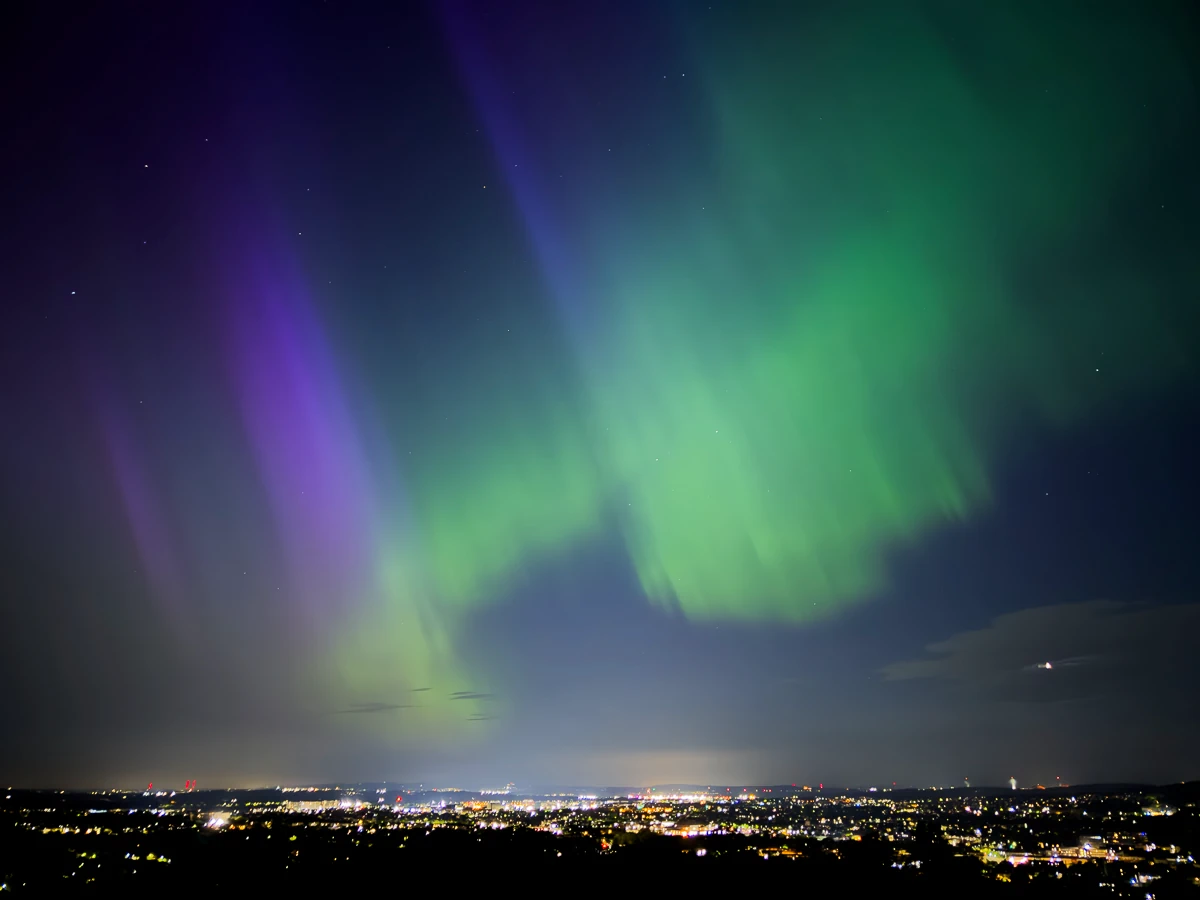
You don’t need expensive gear
The gear I had with me was:
- Fujifilm X-T5
- Sigma 18-50 f2.8
- Peak Design Tripod
- iPhone 15 Pro
This isn’t the most expensive gear, but it’s certainly not cheap. I figured the X-T5 with low ISO and long exposures would be the only way to get good images of the aurora, but this proved to be misguided!
The iPhone was amazing, even without using a tripod. And not just the latest Pro – my daughter’s iPhone 13 was awesome too.
On social media you’d never really know the difference, but when viewing the photos on my studio display, the 40MP of the Fuji combined with ISO 125 and 30-second exposures did make a noticable difference as you’d expect. Here’s are some comparisons.
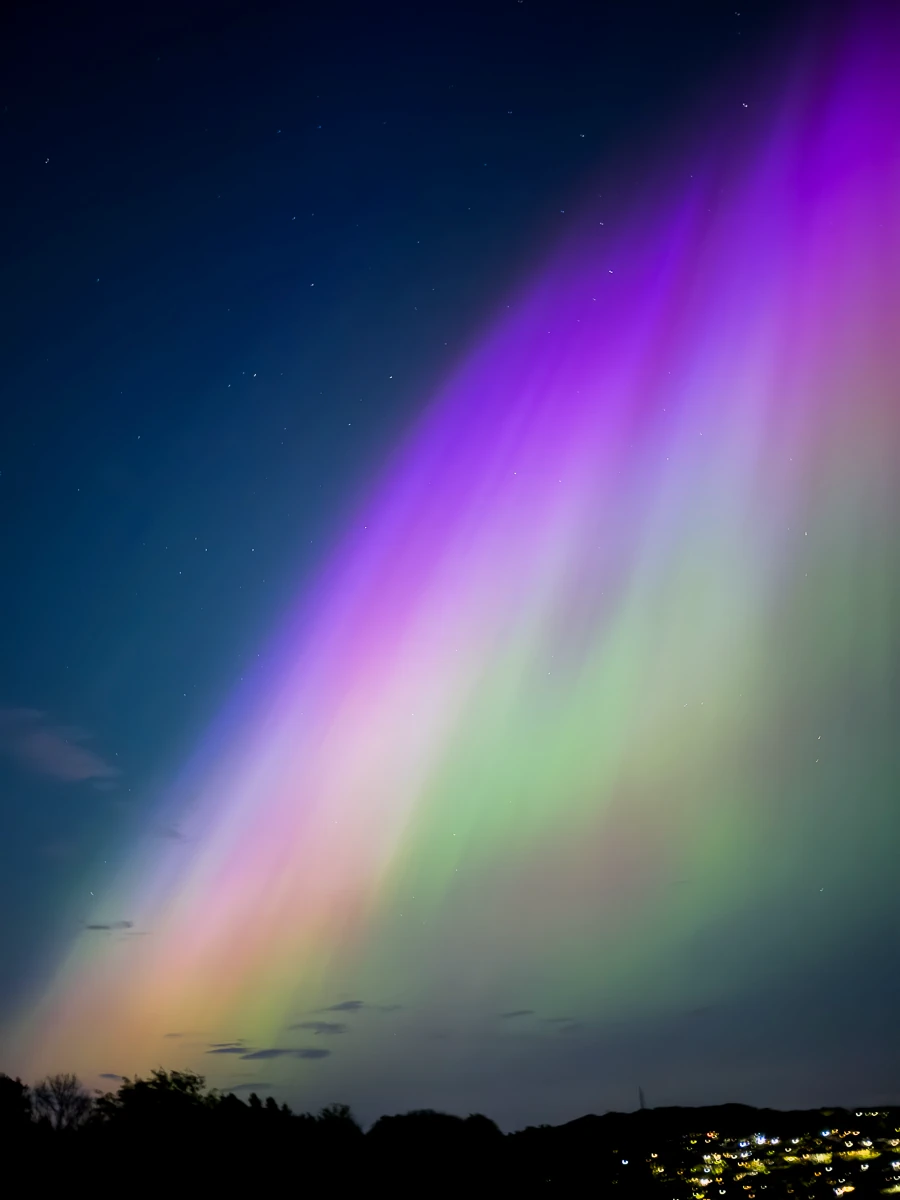
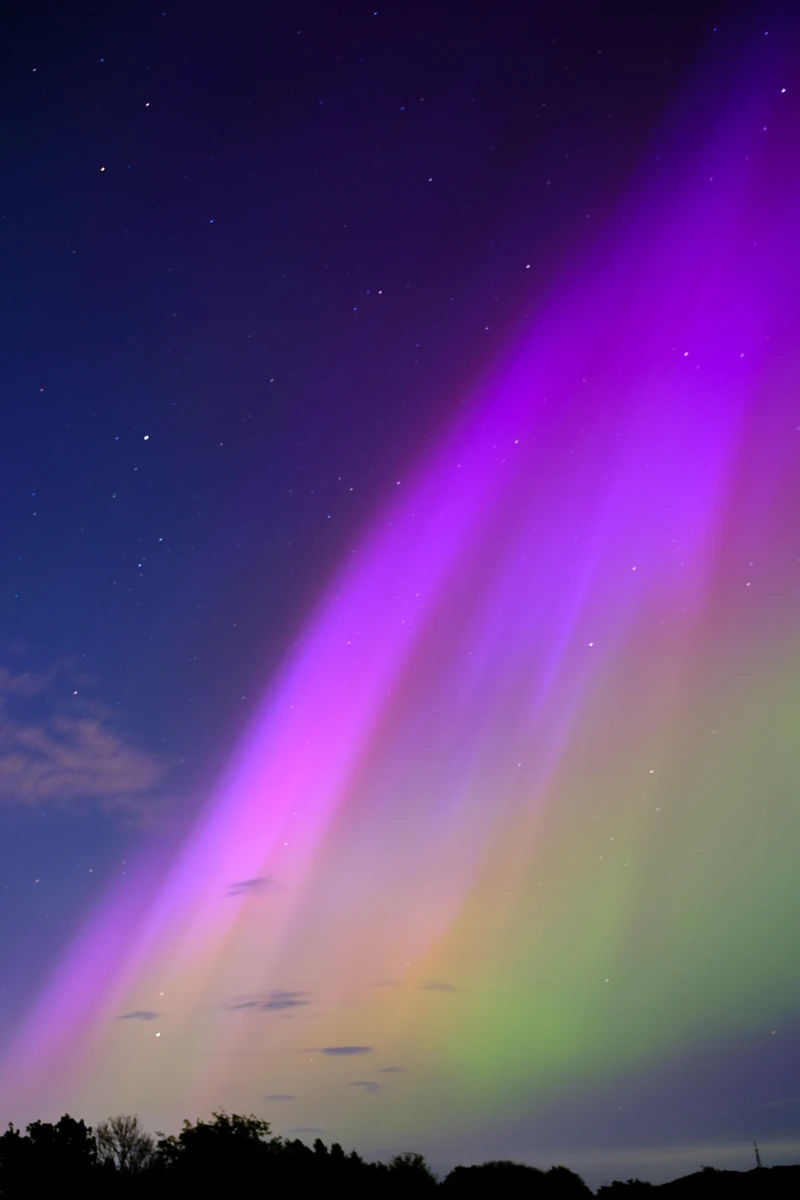
On the left is an “RAW Max” shot on the iPhone 15 Pro with a slight edit in Lightroom. It has wonderful colours and packs a real punch. You can see blur at the bottom because this was taken handheld. On the right is a long exposure on the X-T5. The colours are lush, with more depth and there’s virtually no banding. The stars did move because of the long exposure, but I’ll take that over high ISO noise. I do prefer the wider lens of the iPhone than the 27mm equivalent of my zoom though.
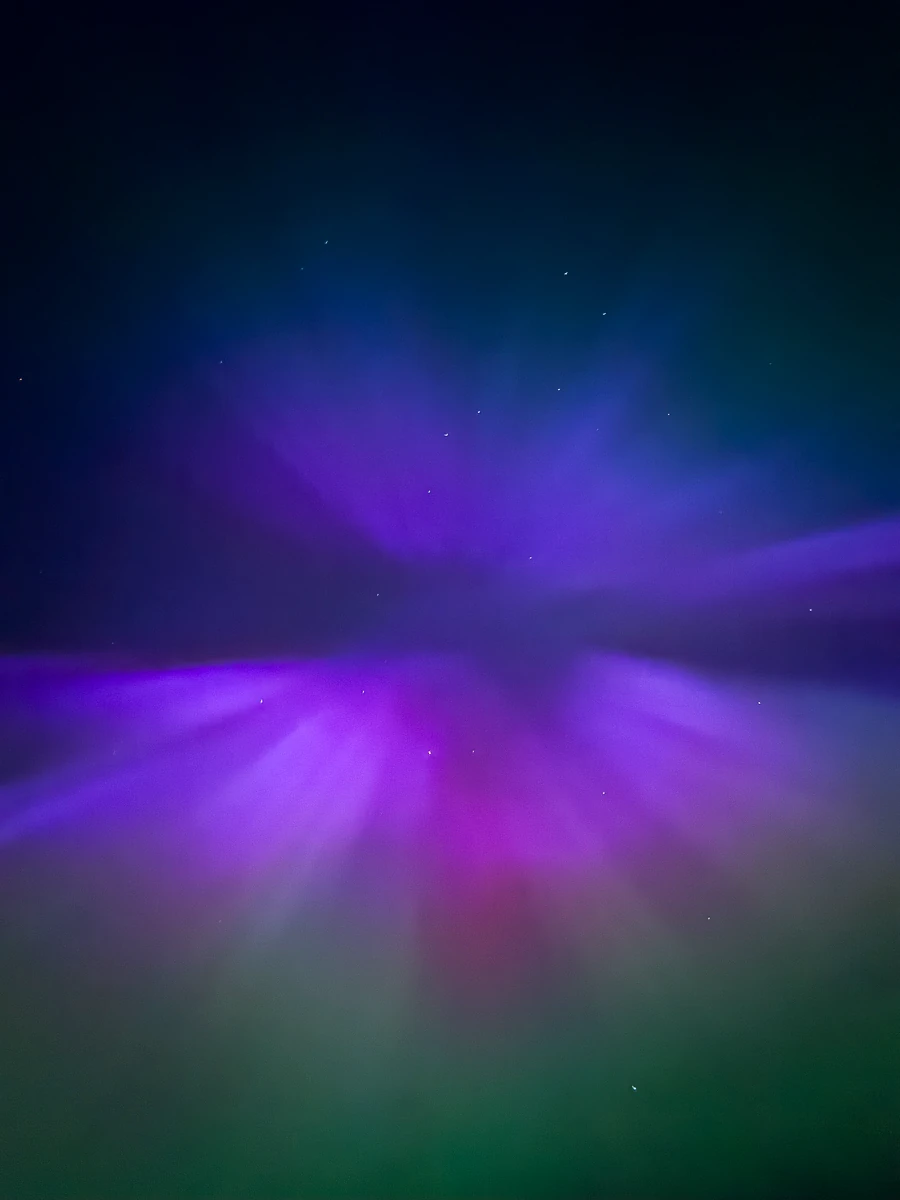
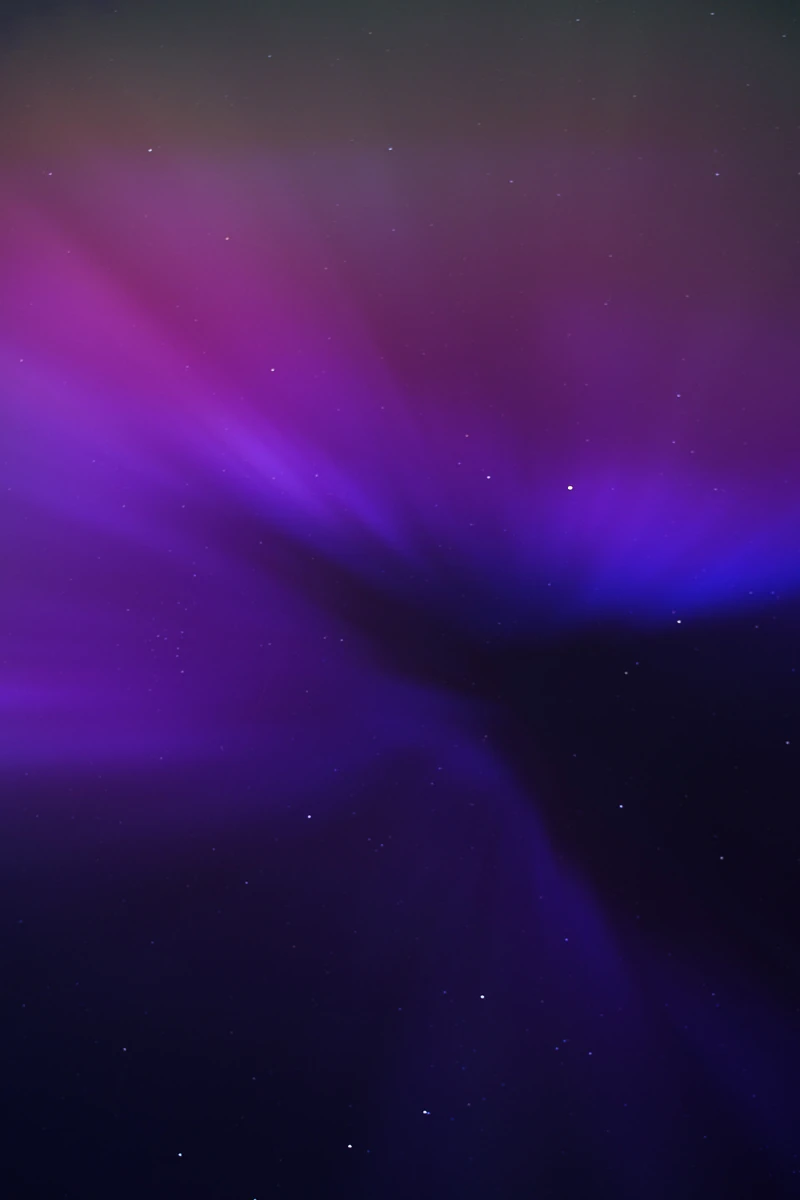
The iPhone shot on the left is good, but the Fuji blows it away on this occasion. When you look closely at the original, there’s a lot of banding and noise on the iPhone shot (ISO 6400) whereas the Fuji one is just deep and clear and lush. A clear winner!
In general I prefered the Fuji shots, but if I only had an iPhone (and especially with a tripod), I would still have been utterly delighted. Had I put the iPhone on a tripod I could have done a 10 second exposure using the standard iPhone camera app – I reckon the results of that would have been almost identical with the Fuji.
Until next time
If I ever get another chance to shoot aurora like this (I’m not holding my breath!) then there are a few things I’d do differently. I’d put the phone on the tripod and take 10 second exposures. I’d also try using the phone’s timelapse feature to try and record the aurora movement, and I’d bring a wider lens for my Fuji camera (the 10-24mm zoom looks perfect, not that I need another lens 😅).
Hopefully I’ve shown you don’t need fancy kit to get great shots of the aurora when there’s a display this powerful, although a tripod like this tiny portable one for your phone might be a good investment.
Being in the right place at the right time, with good light and composition is far more important than any expensive camera gear.

Create a Photo Journal with Pagecord
Pagecord is a beautiful, independent blogging platform, perfect for photographers. Create a photo blog on your own domain for only $29/year. Private, no ads, no algorithm - just your photography.
